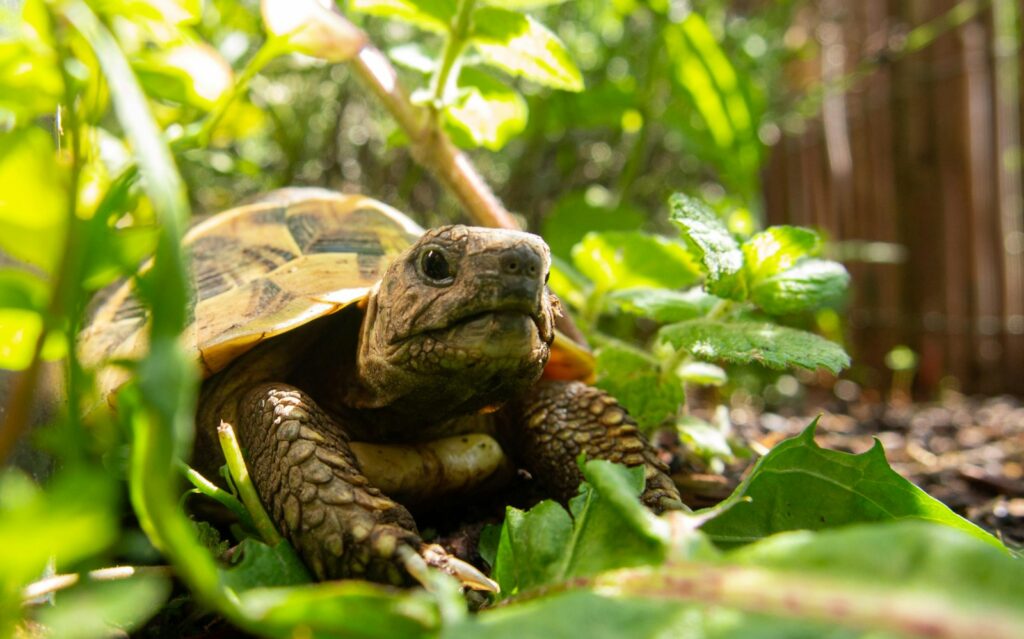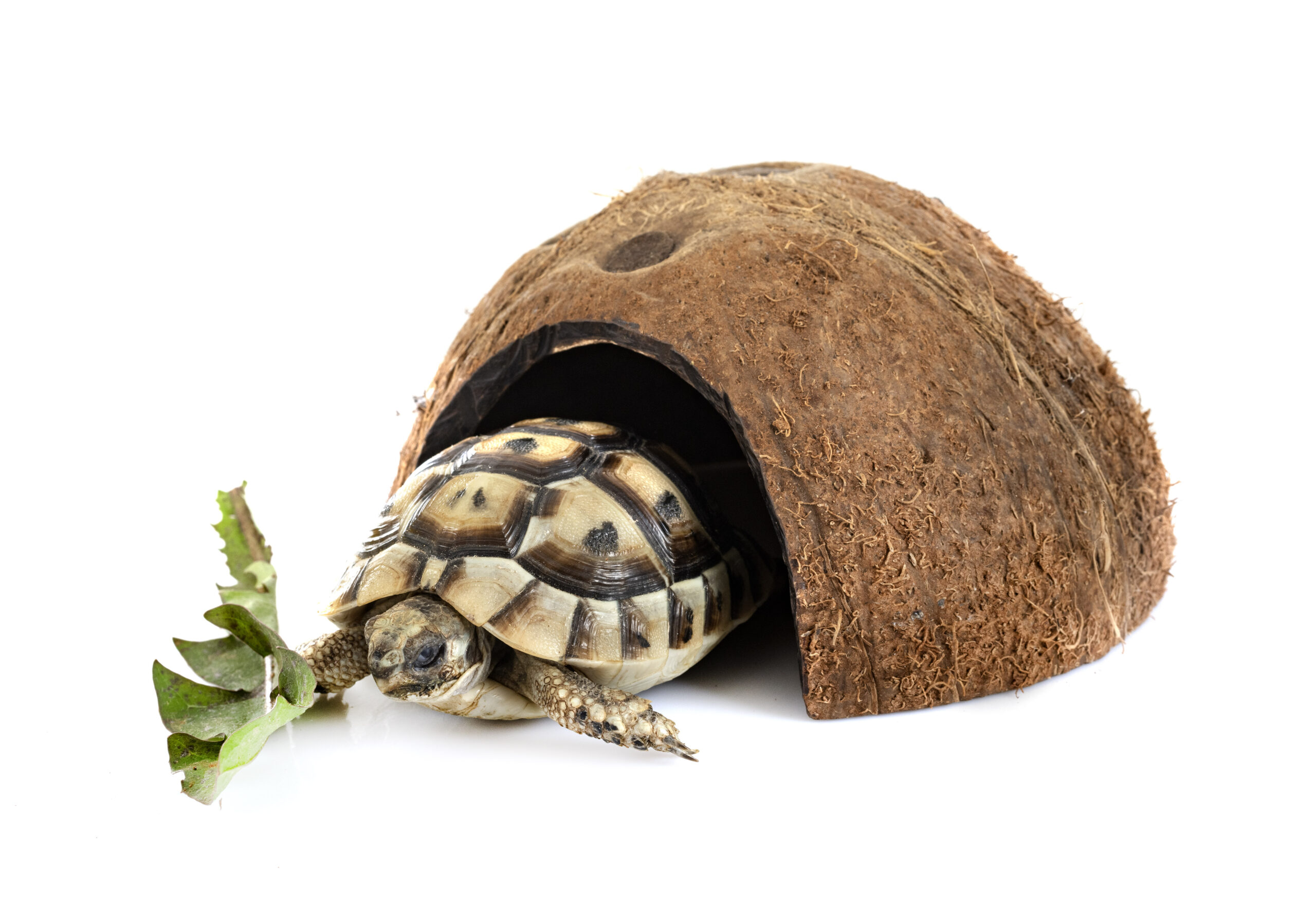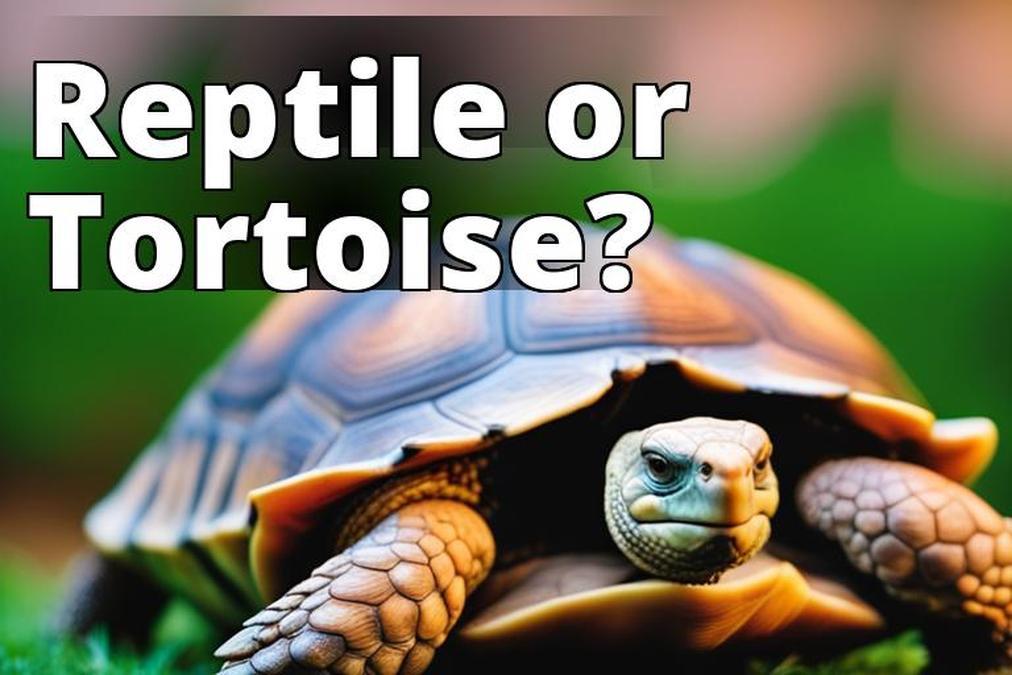Are you a tortoise owner who wants to keep your beloved pet healthy and happy and learn how to Metabolic Bone Disease In Tortoises? Well, it’s your lucky day!
In this article, you will discover the expert tips and tricks on how to prevent metabolic bone disease in tortoises. This condition can have a serious impact on their overall well-being, so it’s crucial to take preventative measures.
By focusing on their diet and environment, you can ensure that your tortoise stays strong and disease-free. Providing a balanced diet with high calcium, low phosphorus, and adequate protein levels is key.
Additionally, creating a suitable habitat with proper lighting and temperature is essential.
So, let’s delve into the world of tortoise care and learn how to protect your pet from metabolic bone disease.
Key Takeaways
Understanding Metabolic Bone Disease In Tortoises

Learn the reasons and signs of metabolic bone disease to stop it in your tortoise.
Metabolic bone disease is a common and preventable condition in tortoises. It happens when there’s not enough calcium and vitamin D in their food, causing weak bones and deformed shells.
Not enough sunlight and a diet lacking calcium and high in phosphorus can cause this disease. Sunlight helps make vitamin D, which is important for our bodies.
The symptoms of metabolic bone disease include weak limbs, a depressed carapace, flattened shell, and soft shell.
To prevent this issue, ensure that your tortoise receives sunlight or UVB light. Additionally, provide them with calcium-rich food and avoid feeding them foods that are high in phosphorus. Regular vet visits and proper care are crucial for preventing and treating metabolic bone disease in tortoises.
Dietary Factors and Metabolic Bone Disease In Tortoises
To prevent metabolic bone disease in your tortoise, it’s crucial to address the role of dietary factors in this condition. A balanced and appropriate diet is essential to ensure your tortoise receives the necessary nutrients for healthy bone development. Here are some dietary factors to consider:
- Adequate calcium intake: Calcium is crucial for bone health. Include calcium-rich foods such as dark leafy greens, mulberry leaves, and calcium supplements.
- Vitamin D: Tortoises need exposure to sunlight or UVB lighting to produce vitamin D, which aids in calcium absorption.
- Avoid phosphorus imbalance: Excessive phosphorus can interfere with calcium absorption. Ensure your tortoise’s diet has a low phosphorus content.
- Varied and nutritious diet: Provide a diverse range of foods to ensure your tortoise receives all the necessary nutrients.
Environmental Factors and Metabolic Bone Disease In Tortoises
Ensure that your tortoise’s environment provides the necessary conditions to prevent metabolic bone disease. Environmental factors play a crucial role in the development and prevention of this condition.
Tortoises require access to sunlight or artificial UVB lighting to produce vitamin D, which is essential for calcium absorption. Make sure your tortoise has a designated basking area with proper UVB exposure.
Additionally, provide a balanced temperature gradient within their enclosure, with warmer and cooler areas available. Proper husbandry also includes maintaining appropriate moisture levels, with both warm, moist areas and cool, dry spots. This allows the tortoise to regulate its hydration levels effectively.
Creating a Proper Diet for Tortoises

To create a proper diet for your tortoise, focus on providing a variety of calcium-rich foods and ensuring a balanced proportion of nutrients. Be careful about their calcium and vitamin D needs, as they are important for preventing metabolic bone disease. Here are some key points to consider when dealing with a pet that suffers from MBD:
- Provide foods that are high in calcium, such as collard greens and bok choy.
- Make sure to expose your tortoise to direct sunlight or use full-spectrum ultraviolet light to aid in vitamin D production.
- Avoid feeding your tortoise foods that are high in phosphorus, as this can interfere with calcium metabolism.
- If necessary, consult with a veterinary professional for insights and advice on proper nutrition and supplementation.
Creating a Suitable Habitat for Tortoises
Ensure your tortoise has a good home with both warm and cool areas. Include a warm spot with UVB light and a separate cool area without UVB.
Creating a suitable habitat for your tortoise is crucial in preventing metabolic bone disease. By providing a balanced environment, you can ensure the health and well-being of your pet. Tortoises rely on UVB exposure for vitamin D production, which is essential for calcium absorption and proper bone development.
A warm basking spot with UVB exposure will help stimulate the tortoise’s bodily functions and promote healthy bone growth. Additionally, it’s important to have a cooler section without UVB to allow the tortoise to regulate its body temperature.
Recognizing the Signs of Metabolic Bone Disease In Tortoises
Look out for these signs that your tortoise may have metabolic bone disease:
- Weak limbs
- Depressed posterior carapace
- Flattened carapace
- Pyramiding and soft shell
Metabolic bone disease in tortoises can be prevented by addressing dietary and environmental factors. However, it’s crucial to recognize the signs early on to ensure prompt intervention.
Weak limbs often mean metabolic bone disease, as the tortoise’s bones become fragile and easily break.
The posterior carapace may appear depressed or sunken due to the weakening of the shell.
A flat shell and pyramid-like bumps on the shell are signs of metabolic bone disease.
Lastly, a soft shell indicates a lack of proper calcium metabolism.
If you notice any of these signs in your tortoise, it’s essential to seek veterinary care immediately.
Home Treatment for Metabolic Bone Disease
Improving your tortoise’s diet and providing proper environmental conditions is essential for effectively treating metabolic bone disease at home.
To treat metabolic bone disease in tortoises at home, focus on the root causes that lead to the condition. To stop the disease from getting worse, make sure your tortoise’s diet has enough calcium from different sources. You should also consider phosphorus-free calcium dusting to promote proper calcium absorption.
Additionally, maintaining low dietary phosphorus levels, adequate protein intake, and high fiber content in their diet is important.
Along with a nutritious diet, it’s essential to provide your tortoise with the correct lighting, including UVB exposure, and maintain appropriate temperature levels in their environment.
Veterinary Treatment for Metabolic Bone Disease
To effectively address metabolic bone disease in tortoises, consider consulting a veterinarian for proper treatment options. They have the expertise and knowledge to give your tortoise the best care possible.
Here are some veterinary treatments that may be recommended:
- Calcium and vitamin D supplements: These are essential for bone health and can help correct deficiencies.
- Tortoises with bone disease may get pain meds to ease their discomfort and symptoms.
- Fluid therapy: Keeping your tortoise hydrated is important for overall health and can help prevent complications.
- Your vet may recommend making changes to your tortoise’s habitat. These changes may include adding heat and UVB light. The purpose of these changes is to improve the health of their bones and prevent further harm.
The Prognosis of Metabolic Bone Disease
The prognosis for tortoises with metabolic bone disease can vary depending on the severity of the condition and the effectiveness of treatment. In mild cases, with early intervention and appropriate treatment, the prognosis can be favorable. Tortoises may show improvement in their symptoms and regain their strength and mobility.
In worse cases, when the disease has harmed the bones a lot, the outlook may not be as good. Tortoises may continue to experience weakness and deformities in their limbs and shell.
It’s important to note that the prognosis also depends on the underlying causes of metabolic bone disease. If we don’t address the underlying factors, the disease may worsen or relapse. Giving good care is crucial for recovery and preventing further problems. This includes providing a healthy diet, proper lighting, and a suitable environment.
Preventing Metabolic Bone Disease in Tortoises
To prevent metabolic bone disease in tortoises, follow these guidelines:
- Provide a diet that’s high in calcium, low in phosphorus, and adequate in protein.
- Make a home for a tortoise with warm and cool spots. Have a warm area with UVB light and a cooler area without UVB.
- Balance moisture levels between warm and moist areas and cool dry spots.
- Ensure proper lighting with UVB, correct temperature, and good nursing care.
Metabolic bone disease can be avoided by following these simple steps. Make sure your tortoise’s diet is well-balanced and includes calcium from different sources. Create a suitable environment with both warm and cool areas, allowing your tortoise to regulate its body temperature. Provide the proper lighting and temperature to promote healthy bone growth.
Conclusion
By following these guidelines, you can keep your tortoise healthy and prevent metabolic bone disease.
Just like a sturdy foundation supports a building, a balanced diet, proper lighting, and a suitable habitat provide the essential elements for your tortoise’s strong and healthy bones.
Remember, taking proactive measures now will lead to a lifetime of happiness and vitality for your beloved pet. So go ahead and give your tortoise the care it deserves!







